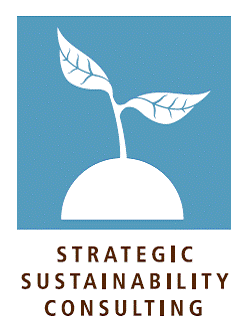Everyone loves a TED Talk. Here’s one of our favorites:
The Sahara Desert covers more than nine million square kilometers and receives about 22 million terawatt hours of energy from the sun every year—more than 100 times the energy that the world uses annually. So why not cover the desert in solar panels?
Educator Dan Kwartler tackled that very question in his TED talk, narrated by Jack Cutmore-Scott, “Why don’t we cover the desert with solar panels?”
In its simplest form, the sunlight that interacts with the solar panels essentially kicks an electron out of its position in the atom. As the electron tries to find its original spot, it generates electricity that is harvested and able to be used in our everyday lives. However, solar panels have a limit to the power they can generate, they only interact with certain wavelengths of light and not all sunlight comes in contact with electrons with enough force to knock them out of orbit. With all that being said, modern technology has allowed for solar panel innovation which enables future solar panels to absorb more sunlight and ensure that the light dislocates the electrons.
With commercial panels seeing around a 25% increase in efficiency and experimental models up to 47%, countries like the United States, China, and Egypt have started to place solar panels in their deserts, creating solar farms. However, deserts face extreme temperatures which can overheat panels since the light that is not absorbed creates additional heat. This increase in heat over such a large area can impact the climate, however solar panels aren’t our only alternative energy option.
Morocco’s Noor Power Plant uses giant mirrors. The mirrors work much like solar panels, but the design reflects sunlight onto a receiver which converts the energy to heat and then into electricity. While this still presents a threat to local wildlife, it poses less danger to the landscape in the future. In addition, these plants can produce electricity longer than traditional solar panels since they need to have time to cool down.
While large scale projects to create energy are continuing to innovate, when it comes to everyday use solar panels seem to be the way to go. They are relatively easy to install, maintain, and require only a few inexpensive components, making them a viable source for alternative energy now and, likely, into the future.



